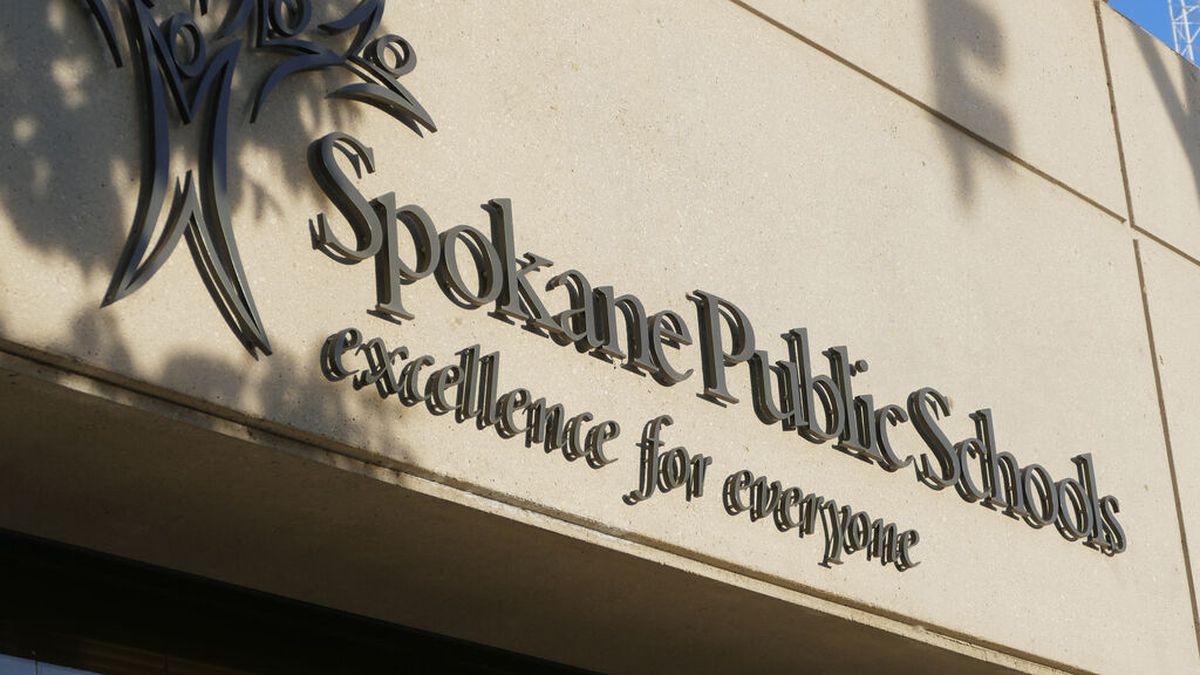All Spokane students return to classroom by March 1

All students in Spokane Public Schools will be back in buildings at least two days a week by March 1 under a plan finalized during a board meeting Wednesday night.
“I feel like we’re in a good place to move forward,” Superintendent Adam Swinyard said.
Swinyard mentioned several times, however, that the timetable is tentative.
The move is a light at the end of the long tunnel Spokane parents and students have endured for almost a year.
“Large numbers of our students are not engaging in distance learning,” board member Mike Wiser said.
Board member Nikki Lockwood likened the decision-making process to “walking a tightrope.”
Some families believe the pace of returning is too fast while others want their children back sooner.
Even as the issue was discussed, Swinyard noted that he was receiving emails stating that the district was moving too swiftly.
“But I want the community to know that we hear you, that we know that there have been a lot of disruptions to our normal,” Lockwood said.
According to the district’s three-phase plan, third-graders will join students in kindergarten through second grade beginning Jan. 20. Fourth-graders return to the classroom on Feb. 3.
Students in both grades will be phased in during an eight-day period.
In Phase 2, fifth- and sixth-graders will return on Feb. 17.
To mitigate the spread of COVID-19, however, those students will be placed in cohorts.
On March 1, middle and high school students will return to school in a similar hybrid model – some days in school and some days of learning online.
Students won’t be required to attend in person. Distance learning will still be an option.
Swinyard said the plan will move forward, “If everything is looking good and were are still receiving support from the health district.
“The thing I’m going to emphasize is that Phases 2 and 3 are tentative, assuming that the phasing-in goes well.”
Other factors that will affect the pace of returns include school transmission trends, county case trends, compliance with state safety regulations, and the ability of the district to find substitute teachers and other staffers.
Another variable, the pace of vaccine distribution, is still unclear.
Spokane County’s second-largest district, Central Valley, also plans to bring back fourth-, fifth- and sixth-graders before the end of January.
Superintendent Ben Small said Wednesday night that he will make a proposal to the school board next week to bring secondary students back beginning Feb. 1.
There are caveats for both districts. The biggest would be a stabilizing of local COVID numbers. As of Wednesday, the two-week case rate for Spokane County was 679.5.
According to the most recent guidance from the state, schools should consider phasing in a return to the classroom, starting with elementary and middle school students if cases are greater than 50 but less than 350 per 100,000 people,
At above 350 cases per 100,000 people, the recommendations call for phasing in classroom learning and cohorting students, especially in upper grades.
“Cohorting is a key part of our mitigation strategy,” Swinyard said.
As of Wednesday, the Spokane County Health district was revising its guidance for schools, spokesperson Kelli Hawkins said.
The district has reported 152 current cases, with 150 people quarantined.
Only seven cases are confirmed to have originated inside schools.
That backs data cited last month by Gov. Jay Inslee and state schools Superintendent Chris Reykdal which shows little correlation between learning models and in-school infection rates – provided safety protocols are followed.
During Wednesday’s meeting, Swinyard emphasized safety strategies that include regular cleaning, social distancing protocols, mask requirements, health attestations and other measures.
The district also will begin on-site COVID testing this month.
As students are phased in, staff, students and families will receive additional safety instructions.
Staff webinars will cover logistics, health and safety, materials and instructions and other protocols.
Families will receive additional tips on standard safety protocols as well as information on meals and the mechanics of dropping off and picking up students.